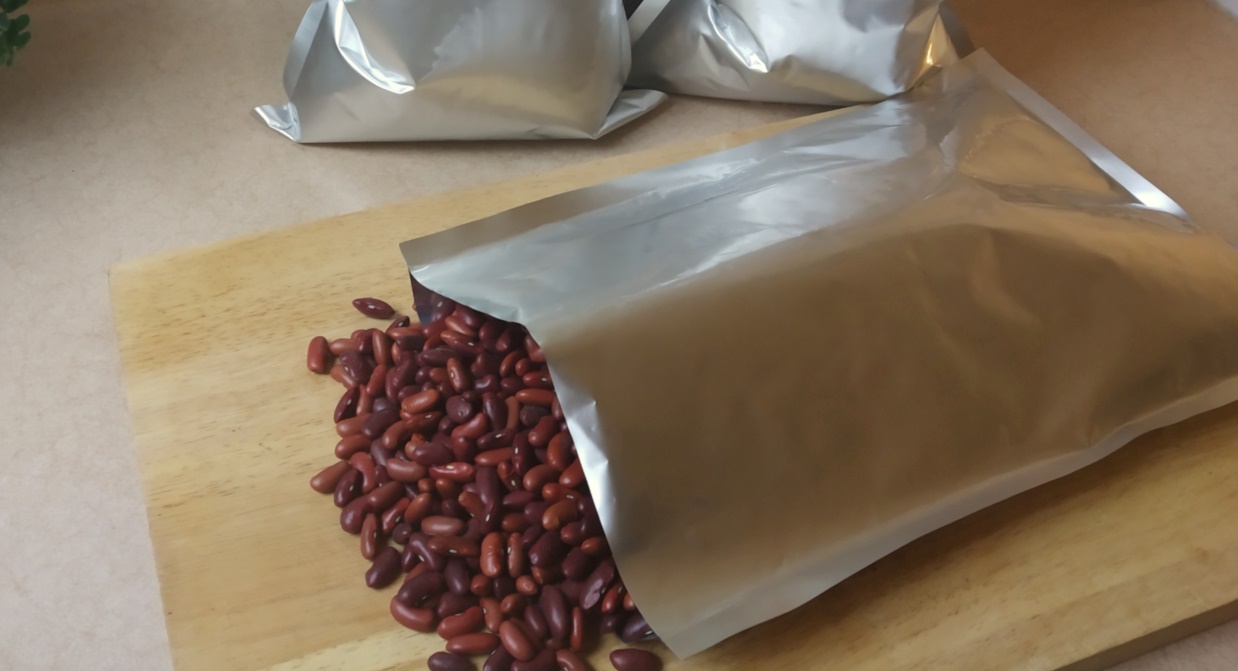

Articles
How To Store Food In Mylar Bags
Modified: January 21, 2024
Learn how to store food in mylar bags with these informative articles. Keep your food fresh and protected for long-term storage.
(Many of the links in this article redirect to a specific reviewed product. Your purchase of these products through affiliate links helps to generate commission for Storables.com, at no extra cost. Learn more)
Introduction
When it comes to storing food, it’s essential to find a method that preserves its quality and prolongs its shelf life. One popular option that has gained attention in recent years is storing food in Mylar bags. These specialized bags offer several benefits compared to traditional storage methods, making them a go-to choice for many individuals and families.
In this article, we will explore the advantages of using Mylar bags for food storage and provide you with step-by-step guidance on how to store food in these bags effectively. From choosing the right bags to properly sealing them and creating an optimal storage environment, we will cover all the essential aspects to help you get started.
Whether you are an avid prepper, a homesteader, or simply someone who wants to ensure their food stays fresh for an extended period, learning how to store food in Mylar bags is a valuable skill that can benefit anyone. So, let’s dive in and discover the secrets of successfully using Mylar bags for food storage.
Key Takeaways:
- Mylar bags offer a cost-effective, space-efficient, and protective solution for long-term food storage, preserving nutritional value and extending shelf life.
- Proper preparation, sealing, and storage of Mylar bags are essential for maintaining food freshness, quality, and safety over extended periods.
Read more: How To Store Potato Flakes In Mylar Bags
Benefits of Using Mylar Bags for Food Storage
When it comes to food storage, Mylar bags offer numerous advantages over other methods like plastic containers or glass jars. Here are some of the key benefits:
- Longer Shelf Life: Mylar bags provide an excellent barrier against oxygen, moisture, and light, which are the primary factors that cause food to spoil. This barrier helps to extend the shelf life of stored food, keeping it fresh for an extended period.
- Preservation of Nutritional Value: The airtight seal provided by Mylar bags helps to preserve the nutritional value of the stored food. Unlike other storage methods that can cause oxidation or degradation of nutrients, Mylar bags maintain the quality and integrity of the food.
- Protection Against Pests and Contaminants: Mylar bags offer a secure and durable barrier that protects your food from pests, such as insects and rodents. Additionally, they prevent contamination from external factors, such as dirt, dust, and odors, ensuring the food remains clean and safe to consume.
- Space-Efficient Storage: Mylar bags are lightweight and flexible, allowing for efficient use of storage space. You can easily stack and organize them, maximizing the available area in your pantry or storage room.
- Cost-Effective Solution: Compared to other food storage methods, Mylar bags are relatively inexpensive. They are readily available and come in various sizes, making them a cost-effective choice for individuals or families on a budget.
- Easy Monitoring of Contents: Mylar bags are transparent, which makes it easy to identify the contents without having to open them. This is particularly useful when you have multiple bags of different foods stored, allowing you to quickly locate what you need.
- Flexible Portion Control: With Mylar bags, you have the flexibility to store different quantities of food. Whether you want to store small portions or larger quantities, Mylar bags can accommodate your needs, reducing food waste and ensuring you have the right amount of food for your requirements.
These benefits make Mylar bags an excellent choice for long-term food storage. In the next sections, we will guide you through the process of using Mylar bags effectively to store your food for extended periods.
Choosing the Right Size and Type of Mylar Bags
When it comes to storing food in Mylar bags, selecting the right size and type of bags is crucial for ensuring proper preservation and convenience. Here are some factors to consider when choosing Mylar bags:
- Size: Consider the quantity of food you plan to store in each bag. Mylar bags come in various sizes, ranging from small pouches to large bags that can accommodate several pounds of food. It’s helpful to have a variety of sizes on hand to suit different storage needs.
- Thickness: The thickness of the Mylar bags is measured in mils (thousandths of an inch). Thicker bags provide better protection against punctures and can withstand rough handling. For long-term storage, it’s recommended to use bags with a thickness of around 5-7 mils.
- Opaque or Clear: While transparent Mylar bags allow you to easily see the contents, they do not provide as much protection against light exposure. Opaque or foil-lined bags are more effective at blocking out light, helping to preserve the quality of the food stored inside.
- Sealability: Look for Mylar bags that have a reliable and secure sealing mechanism, such as zip locks or heat-sealable tops. These features ensure a tight and airtight seal, keeping the food fresh for an extended period.
- Accessibility: Consider how frequently you will need to access the food stored in the bags. If you anticipate frequent opening and resealing, opt for bags with resealable features for convenience.
- Additional Features: Some Mylar bags come with additional features like tear notches or hang holes, which can be helpful for easy opening or hanging the bags for storage. These features are worth considering based on your specific needs.
It’s also important to source your Mylar bags from reputable suppliers to ensure their quality and performance. Look for bags that are explicitly designed for food storage and meet food-grade standards.
By considering these factors and selecting the right size and type of Mylar bags, you can ensure optimal food storage and preservation. In the next section, we will discuss how to prepare Mylar bags for food storage.
Preparing Mylar Bags for Food Storage
Properly preparing Mylar bags before storing food is essential for maintaining the freshness and longevity of the stored items. Follow these steps to prepare Mylar bags for food storage:
- Clean and sanitize: Before using any Mylar bags, make sure to clean them thoroughly. Wash the bags with warm, soapy water and rinse them well. This step is particularly important if you are reusing bags or purchasing them in bulk.
- Inspect for damages: Examine each Mylar bag for any signs of damage, such as tears, holes, or punctures. Discard any bags that are compromised, as they can compromise the integrity of the stored food.
- Remove excess air: To ensure optimal preservation, it’s crucial to remove as much air as possible from the Mylar bags. This can be done using a vacuum sealer or by manually squeezing out the air while sealing the bags.
- Double bag for extra protection: For added security, consider double bagging your food. This involves placing the filled Mylar bag into another one and sealing both bags. Double bagging reduces the risk of accidental punctures and provides an extra layer of protection against oxygen and moisture.
- Add oxygen absorbers: Oxygen absorbers are small packets that help maintain a low oxygen environment inside the Mylar bags. They can be added before sealing the bags to enhance the shelf life of the stored food. Follow the instructions on the absorber packets for the correct quantity to use based on the bag size and type of food being stored.
- Label and date the bags: To ensure proper rotation and easy identification, label each Mylar bag with the contents and the date of storage. This helps in keeping track of inventory and using the oldest food first, ensuring freshness.
- Seal the bags: Use an appropriate sealing method to create an airtight and secure seal on the Mylar bags. This can be done using a heat sealer, an impulse sealer, or the resealable feature available on some bags. Ensure that the seal is tight and free from any gaps or openings.
By following these preparation steps, you can ensure that your Mylar bags are ready for effective food storage. In the next section, we will discuss how to select and prepare food for storage in Mylar bags.
Selecting and Preparing Food for Mylar Bag Storage
Choosing the right types of food and properly preparing them are crucial steps in achieving successful long-term storage in Mylar bags. Here’s a guide to selecting and preparing food for Mylar bag storage:
- Dry and Non-Perishable Foods: Ideally, select dry and non-perishable food items for Mylar bag storage. This includes items like rice, pasta, beans, oats, powdered milk, dried fruits, and dehydrated vegetables. These types of foods have a low moisture content and are less prone to spoilage.
- Freeze Your Food: For additional protection against pests, store items like flour, grains, and nuts in the freezer for a few days before transferring them to Mylar bags. This will kill any potential insects or eggs that might be present.
- Remove Excess Moisture: Ensure that the food you are storing is dry and free from excessive moisture. Moisture can lead to the growth of mold or bacteria, compromising food safety and quality. Use a food dehydrator or oven to dry foods if necessary.
- Proper Packaging: Before placing food in Mylar bags, use suitable food-grade containers or packaging for items like sugar, salt, and spices. This adds an extra layer of protection and prevents these fine-textured items from puncturing the bags.
- Divide Large Quantities: If you have large quantities of food to store, divide them into smaller portions before packaging them in Mylar bags. This makes it easier to manage and use the required amount without exposing the rest of the food to air and potential spoilage.
- Avoid Odor Transfer: Strongly scented foods, such as coffee or spices, can transfer their aroma to other foods when stored together. To prevent this, individually package odorous items or use additional barrier packaging before placing them in Mylar bags.
- Remove Excess Air: As mentioned earlier, remove as much air as possible from the Mylar bags before sealing them. This helps prevent oxidation and maintains the food’s quality and freshness over an extended period.
Remember to take note of the shelf life and recommended storage conditions for each type of food you are storing. Following these guidelines for selecting and preparing food will enhance the effectiveness of Mylar bag storage and ensure the longevity of your stored food.
In the next section, we will discuss the proper sealing techniques for Mylar bags to maintain their effectiveness as a food storage solution.
When storing food in mylar bags, make sure to remove as much air as possible before sealing to prolong the shelf life of the food. Use oxygen absorbers to help maintain freshness.
Read more: How To Store Mylar Bags
Proper Sealing Techniques for Mylar Bags
Sealing Mylar bags correctly is crucial to maintain an airtight and secure environment for food storage. Follow these proper sealing techniques to ensure the integrity of your Mylar bags:
- Heat Sealing: If you are using heat-sealable Mylar bags, you can use a heat sealer to create a strong and airtight seal. Preheat the sealer according to the manufacturer’s instructions. Place the open end of the bag between the heated jaws of the sealer and press down firmly to create a seal. Make sure the seal is continuous and free from any gaps.
- Impulse Sealing: Impulse sealers are another popular option for sealing Mylar bags. These sealers use a brief burst of heat to create the seal. Place the open end of the bag between the jaws of the sealer and press down firmly. The sealer will activate and provide a tight seal. Ensure that the seal is complete and free from any leaks.
- Zip-lock or Resealable Tops: Some Mylar bags come with zip-lock or resealable tops. These bags are convenient for quick and easy access to the stored food. To seal, simply press the zip-lock or resealable top firmly along the entire width of the bag to ensure a secure closure. Check for any gaps or openings to ensure an airtight seal.
- Double Sealing: For added protection, consider double sealing the Mylar bags. This involves creating a second seal a short distance away from the first seal. Double sealing reduces the risk of accidental opening or puncturing and helps to maintain the airtight environment.
- Check the Seal: After sealing the Mylar bags, carefully inspect the seal to ensure that it is tight and free from any gaps or openings. Run your fingers along the edges of the seal to check for any potential weak spots. If you find any areas that are not properly sealed, reseal those parts by applying additional heat or pressure.
- Seal Repair: In case a sealed bag gets damaged or develops a small hole, you can repair the seal using a hot iron and a sheet of parchment paper. Place the parchment paper over the damaged area and press the hot iron on the paper for a few seconds, melting the plastic around the hole and creating a new seal.
By following these proper sealing techniques, you can ensure that your Mylar bags are sealed tightly, maintaining an airtight and secure environment for your stored food. In the next section, we will discuss the importance of storing Mylar bags in the appropriate environment.
Storing Mylar Bags in the Appropriate Environment
Proper storage conditions are essential to maintain the freshness and longevity of food stored in Mylar bags. Here are some tips for storing Mylar bags in the appropriate environment:
- Cool and Dry Location: Find a cool and dry location for storing your Mylar bags. Excessive heat and humidity can accelerate the degradation of the bags and compromise the quality of the stored food. Avoid areas such as basements or attics, which tend to have fluctuating temperatures and higher humidity levels.
- Away from Sunlight: Protect Mylar bags from direct sunlight. Prolonged exposure to sunlight can degrade the bags and increase the risk of heat damage. Store the bags in a dark area or use opaque containers or bins to shield them from UV rays.
- Avoid Extreme Temperatures: Temperature fluctuations can affect the integrity of the Mylar bags and the quality of the food inside. Avoid storing the bags in areas prone to extreme temperatures, such as near heaters, furnaces, or near windows that may experience significant temperature changes.
- Keep Away from Chemicals: Store Mylar bags away from any chemicals or strong odors that can potentially transfer into the food. This includes cleaning products, paints, and gasoline. Chemicals and strong odors can compromise the flavors and safety of the stored food.
- Organize and Rotate: Maintain a system of organization to easily identify and rotate your stored food. Place similarly themed or categorized bags together for easy access. Additionally, regularly check the dates and rotate the food to ensure that the oldest items are used first, reducing the risk of food spoilage.
- Frequent Inspection: Regularly inspect your stored Mylar bags for any signs of damage or pests. Look for holes, tears, or punctures in the bags, and discard any that are compromised. Check for any signs of pests such as insects or rodents and take appropriate action if necessary.
- Record Keeping: It is helpful to maintain a record of the food stored in Mylar bags, including quantities, types, and dates of storage. This record will help you keep track of your inventory and plan accordingly for future restocking.
By following these guidelines and storing your Mylar bags in the appropriate environment, you can ensure the longevity and quality of the food inside. Proper storage conditions play a crucial role in preserving the freshness and nutritional value of the stored food.
Now that you are equipped with the knowledge of how to store food in Mylar bags effectively, you can embark on your food storage journey with confidence and peace of mind. By utilizing the benefits of Mylar bags and implementing proper storage techniques, you can enjoy the convenience of long-term food storage and ensure the availability of nutritious meals for you and your family.
Continue to explore different food items, experiment with various recipes, and always stay prepared for any situation that may arise.
Frequently Asked Questions (FAQs)
Here are some frequently asked questions about storing food in Mylar bags:
- Can I reuse Mylar bags?
- How long can food last when stored in Mylar bags?
- Do I need to use oxygen absorbers in Mylar bags?
- Can I store wet or moist food in Mylar bags?
- Are Mylar bags safe for long-term food storage?
- Can Mylar bags be used with a vacuum sealer?
While it is possible to reuse Mylar bags, it is essential to thoroughly clean and inspect them before reuse. Check for any signs of damage or compromise in the integrity of the bag. Additionally, be aware that repeated use may affect the effectiveness of the oxygen barrier and reduce the shelf life of the stored food.
The shelf life of food stored in Mylar bags depends on several factors, including the type of food, the storage conditions, and the quality of the bags. When stored in optimal conditions (cool, dry, and away from sunlight), properly sealed Mylar bags can help preserve the quality of food for several years.
Using oxygen absorbers is highly recommended when storing food in Mylar bags. Oxygen absorbers help to create a low-oxygen environment inside the bag, reducing the risk of spoilage and preserving the food’s quality and freshness over an extended period.
Mylar bags are best suited for dry and non-perishable foods. Storing wet or moist food in Mylar bags can create a breeding ground for bacteria and promote food spoilage. It is crucial to ensure that the food is thoroughly dried before packaging it in Mylar bags.
Mylar bags are considered safe for long-term food storage. However, it is important to use food-grade bags that are specifically designed for this purpose. Ensure the bags are free from contaminants and meet the necessary regulatory standards.
Mylar bags are not typically designed to be used with vacuum sealers. The material of Mylar bags is too thick for most vacuum sealers to handle. However, you can squeeze out the excess air manually before sealing the bags or use a specialized vacuum sealer designed for Mylar bags if available.
These are just a few common questions regarding storing food in Mylar bags. If you have any additional concerns or queries, it’s always recommended to refer to the manufacturer’s guidelines or consult with experts in food storage for personalized advice.
Conclusion
Storing food in Mylar bags is an effective and popular method for long-term food preservation. By utilizing the benefits of Mylar bags, you can extend the shelf life of your food and maintain its quality and freshness for an extended period.
In this article, we explored the various benefits of using Mylar bags for food storage. We discussed how Mylar bags provide a protective barrier against oxygen, moisture, and light, preserving the nutritional value of the stored food and protecting it from pests and contaminants.
We also covered important aspects such as choosing the right size and type of Mylar bags, preparing the bags for storage, selecting and preparing food before packaging, and employing proper sealing techniques. Additionally, we highlighted the significance of storing Mylar bags in suitable environments to ensure optimum conditions for food storage.
Remember to follow proper storage procedures, including regularly inspecting the bags and checking for any signs of damage or pests. Developing a system for organizing and rotating your stored food, as well as keeping a record of inventory, will help you effectively manage your supplies.
By following the guidelines and best practices outlined in this article, you can confidently store food in Mylar bags, ensuring its availability, freshness, and quality when you need it most.
So embark on your food storage journey, stock up on essential items, and enjoy the peace of mind of having a well-stocked pantry for any situation that may arise.
Frequently Asked Questions about How To Store Food In Mylar Bags
Was this page helpful?
At Storables.com, we guarantee accurate and reliable information. Our content, validated by Expert Board Contributors, is crafted following stringent Editorial Policies. We're committed to providing you with well-researched, expert-backed insights for all your informational needs.
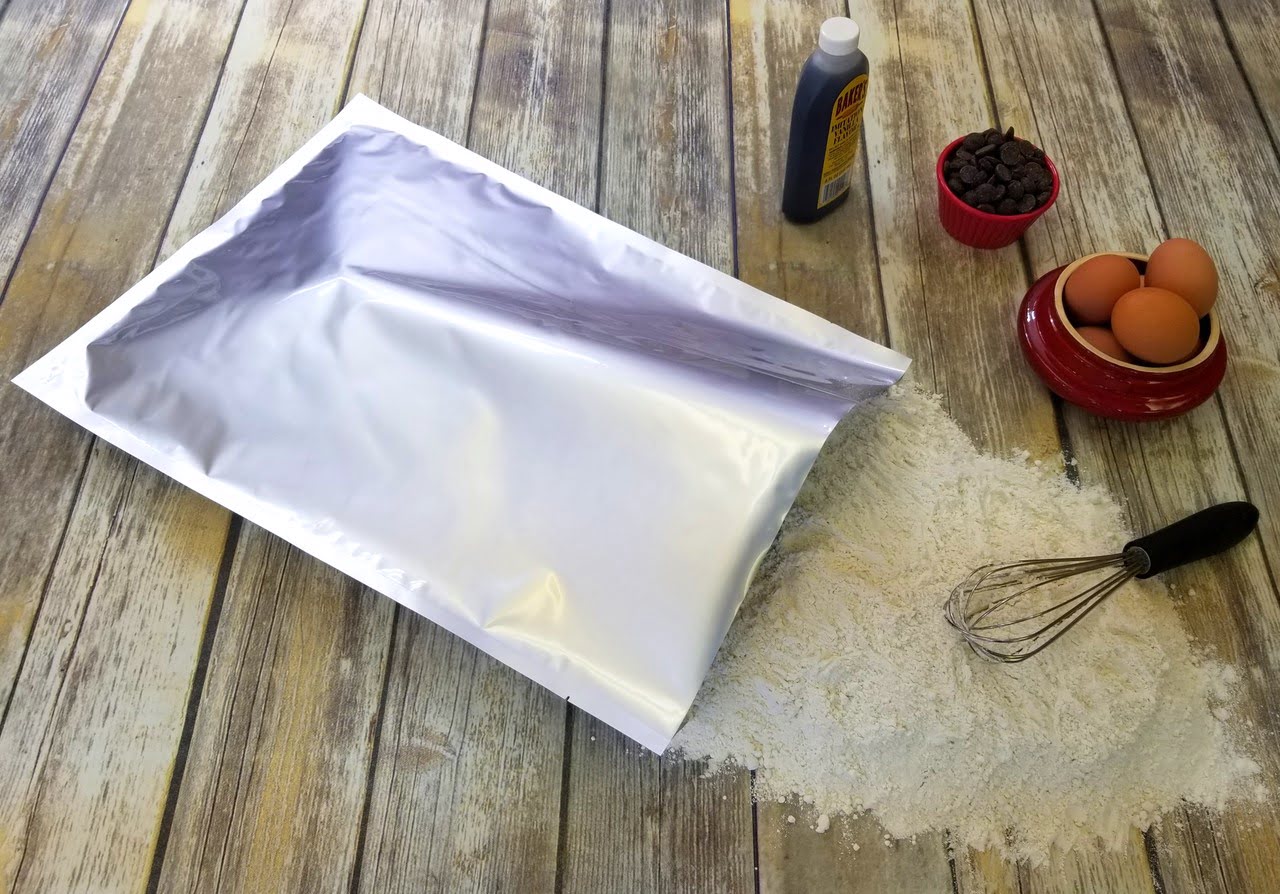
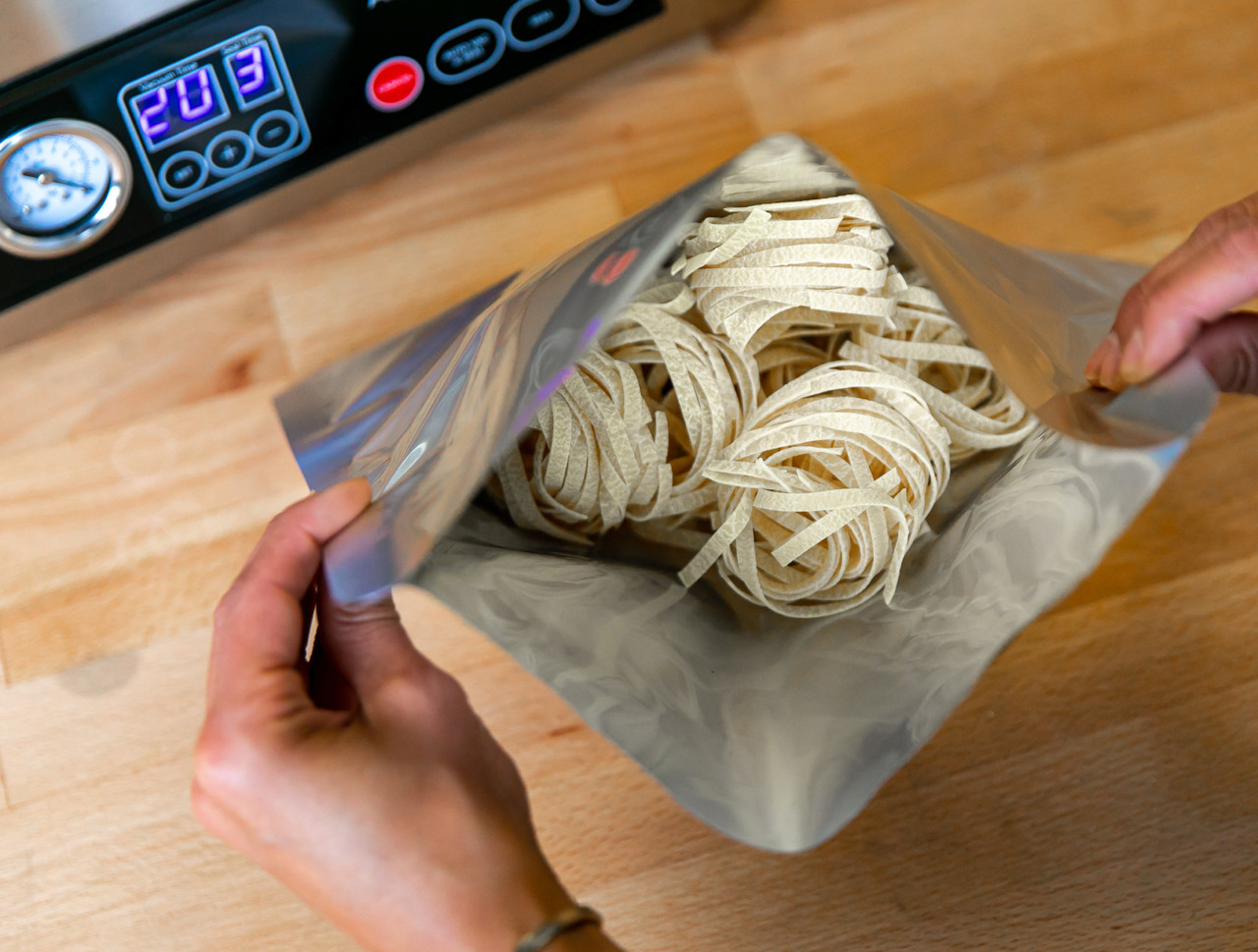
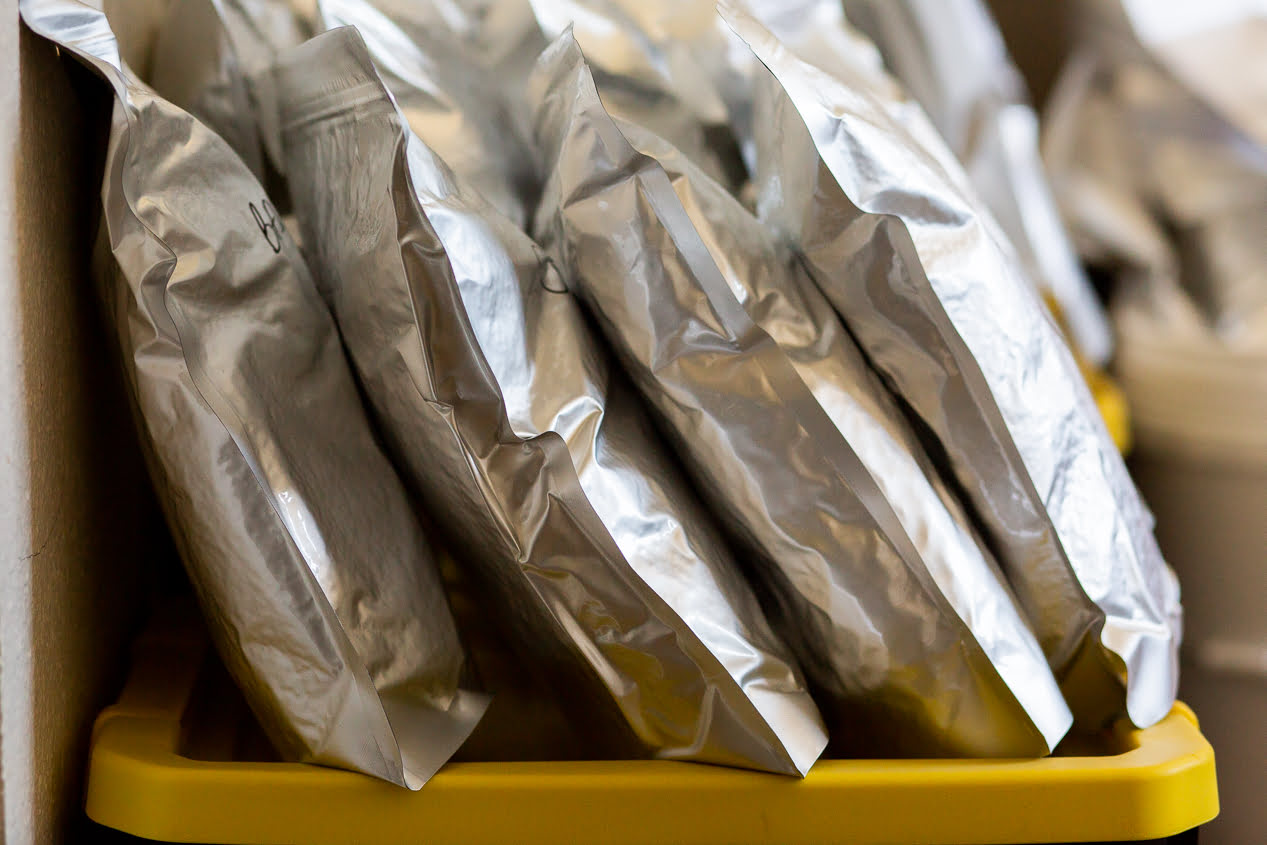
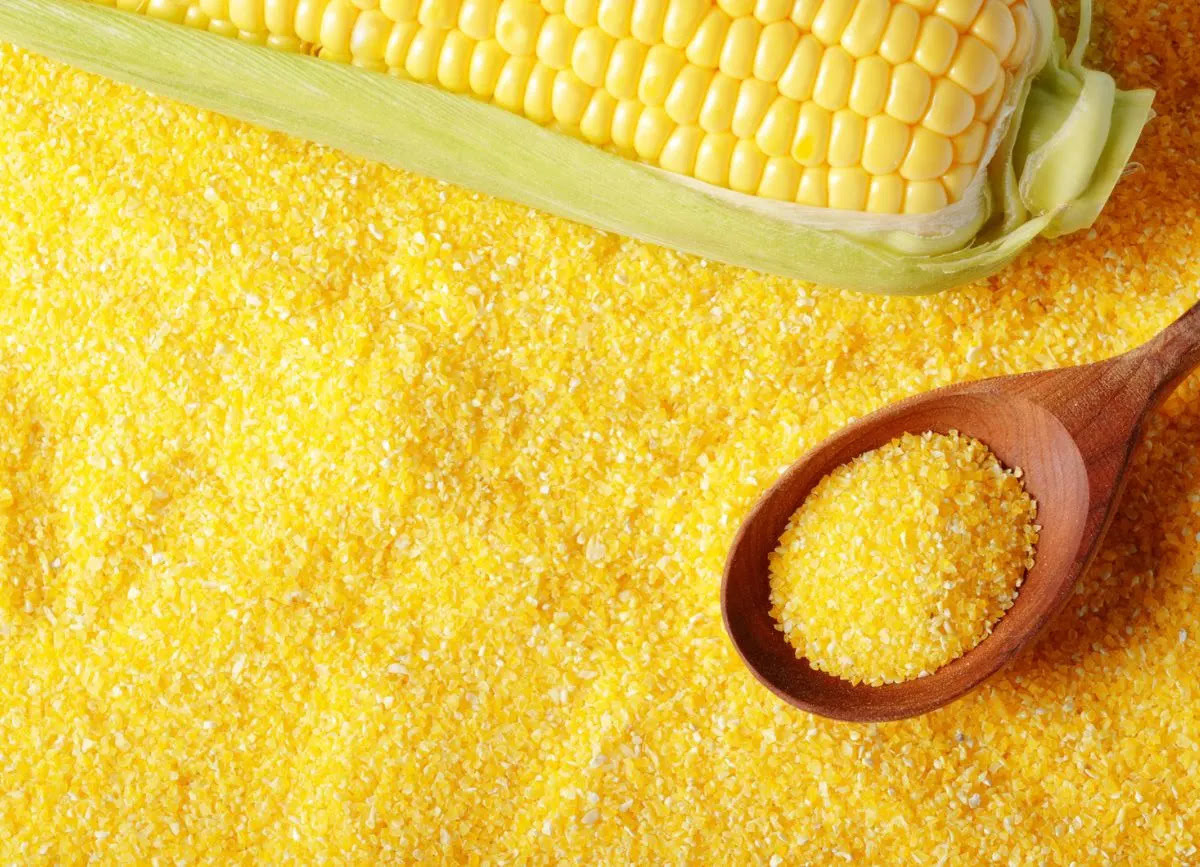
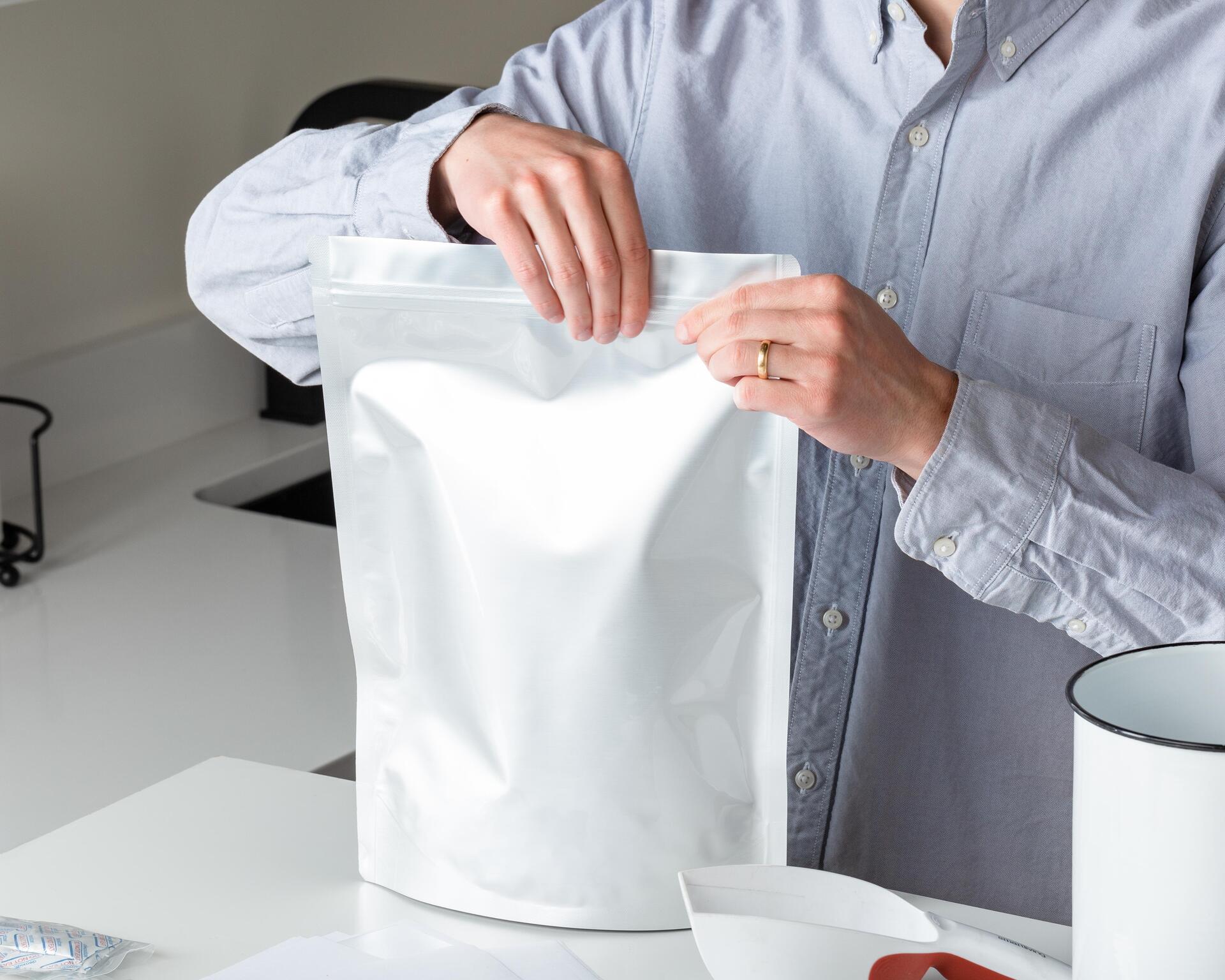
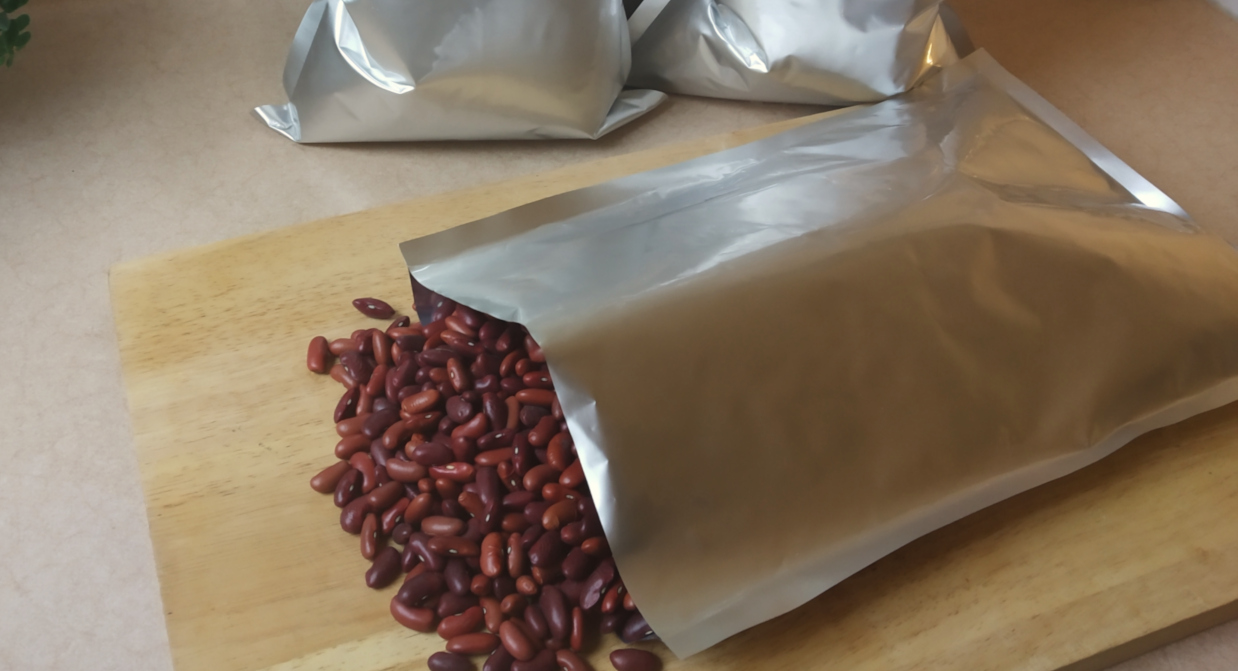
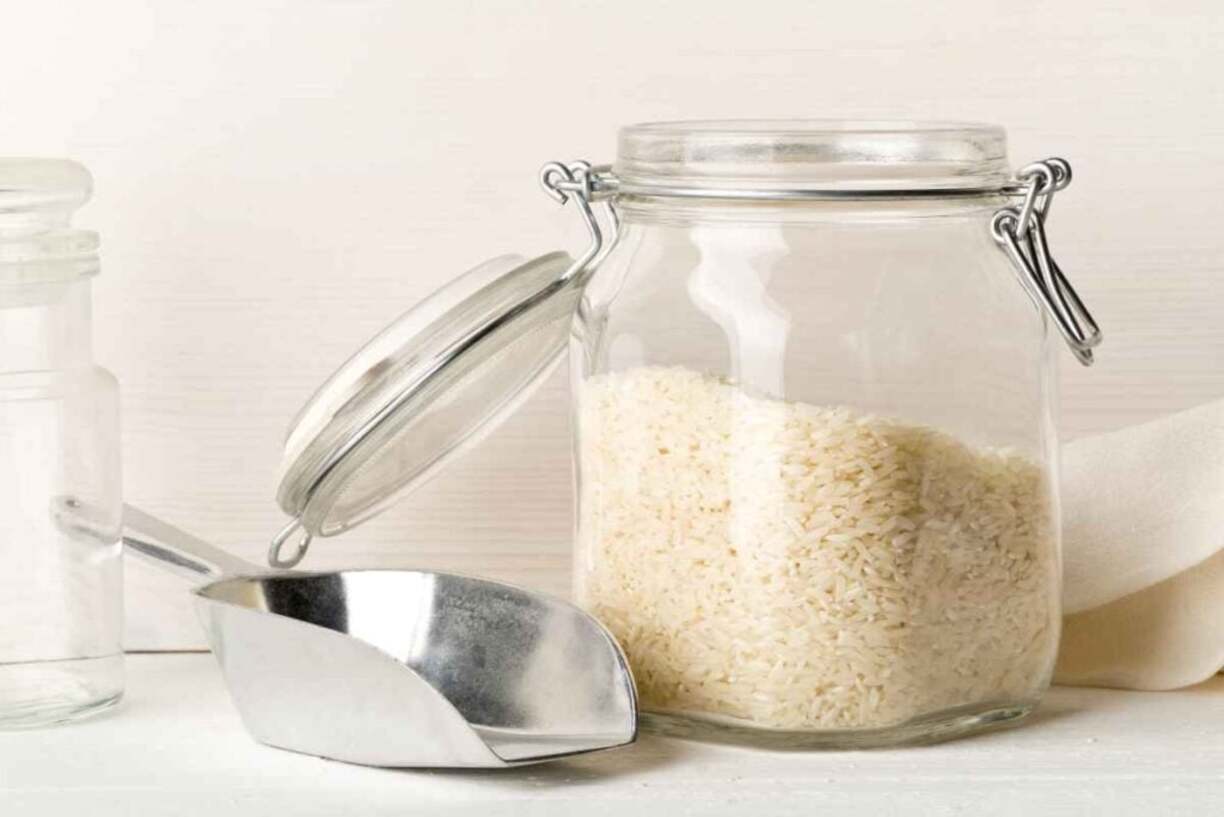
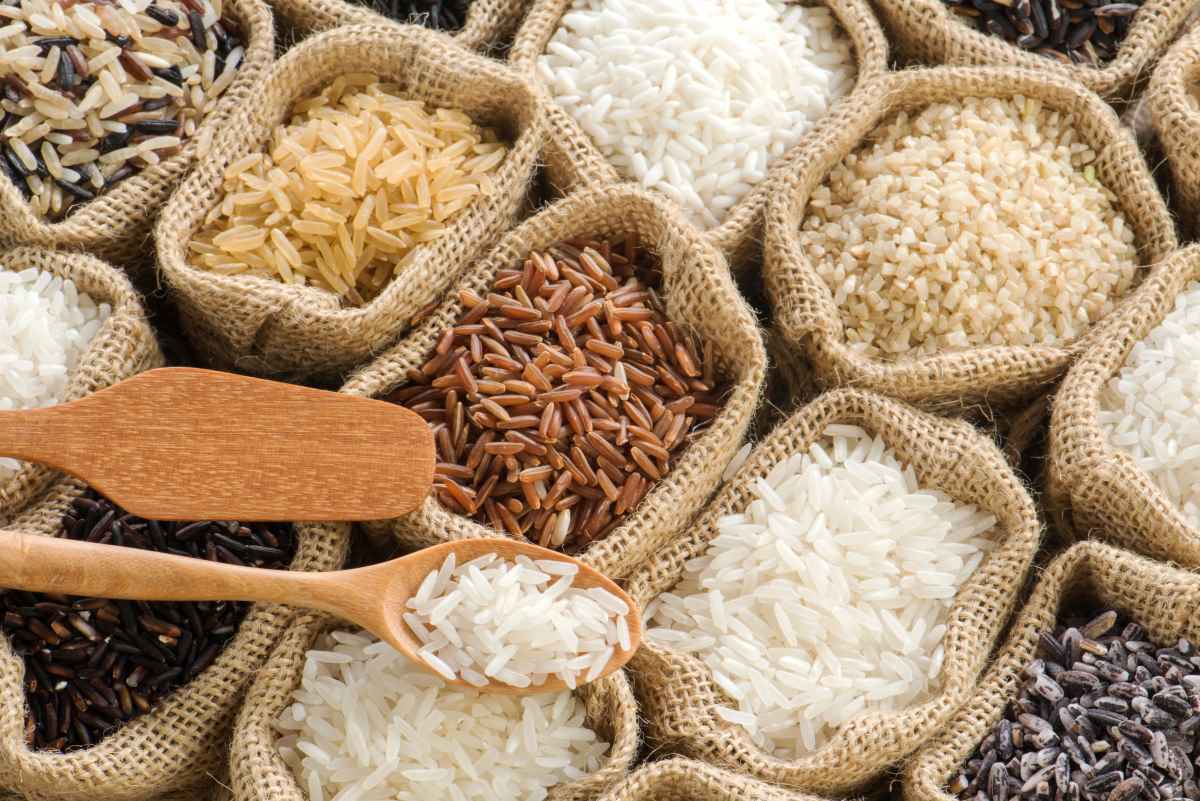
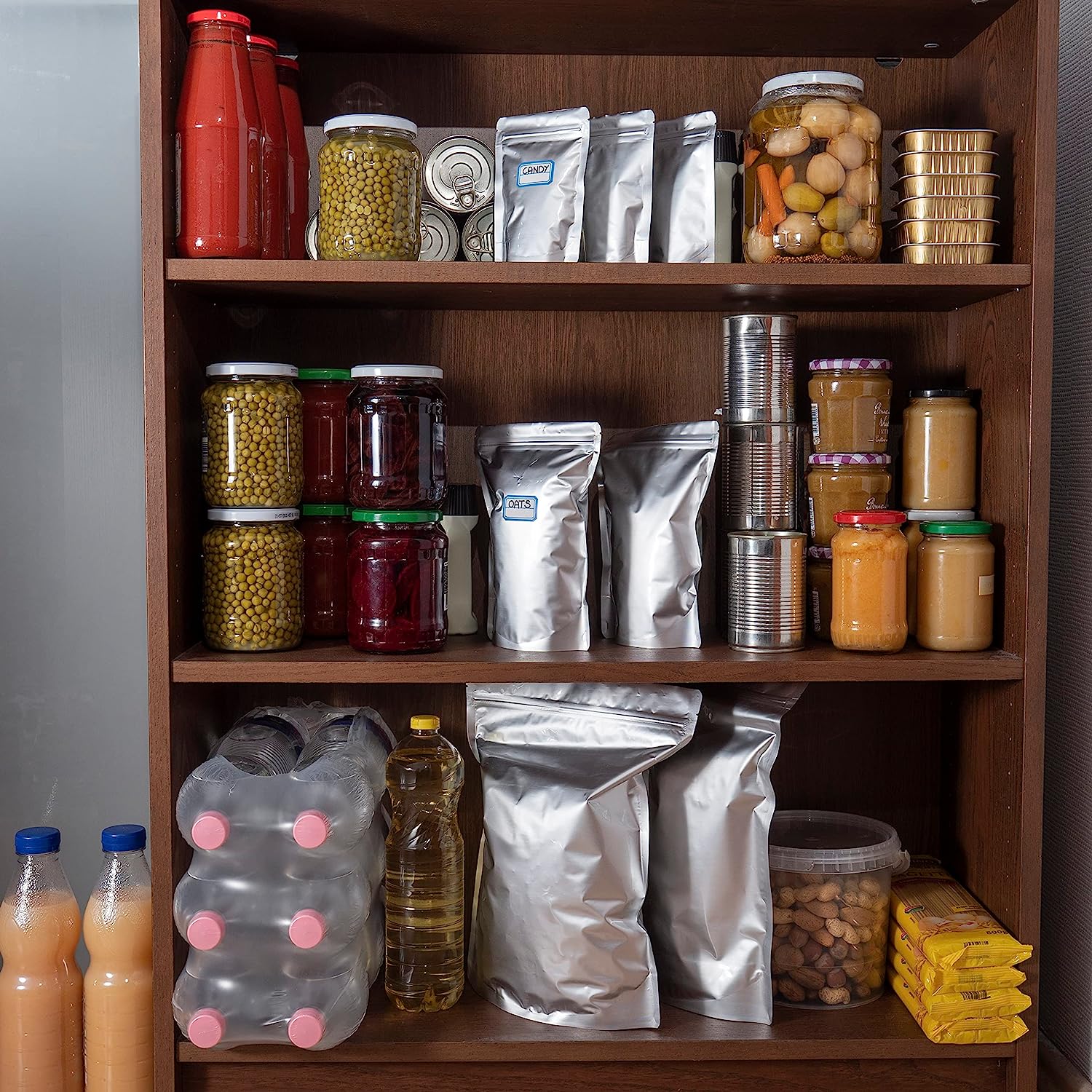
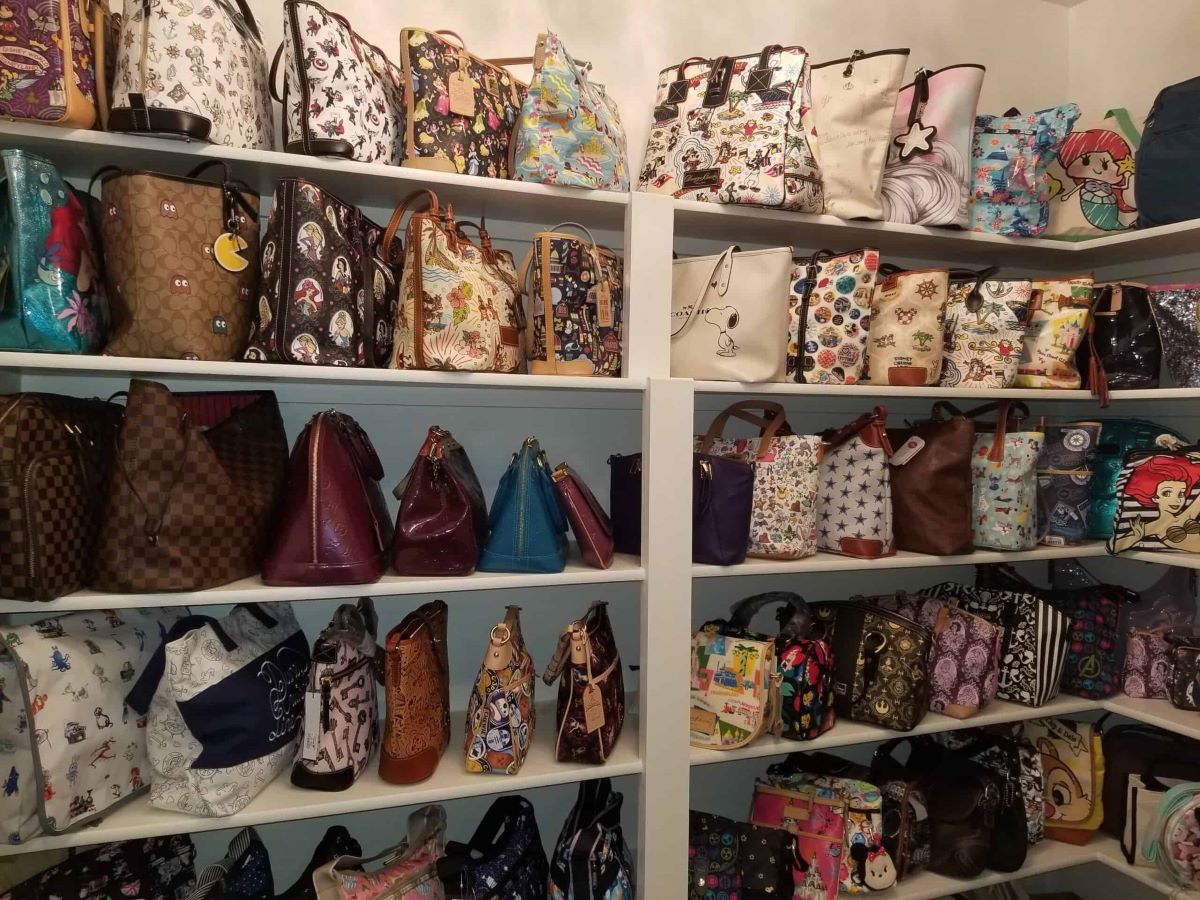
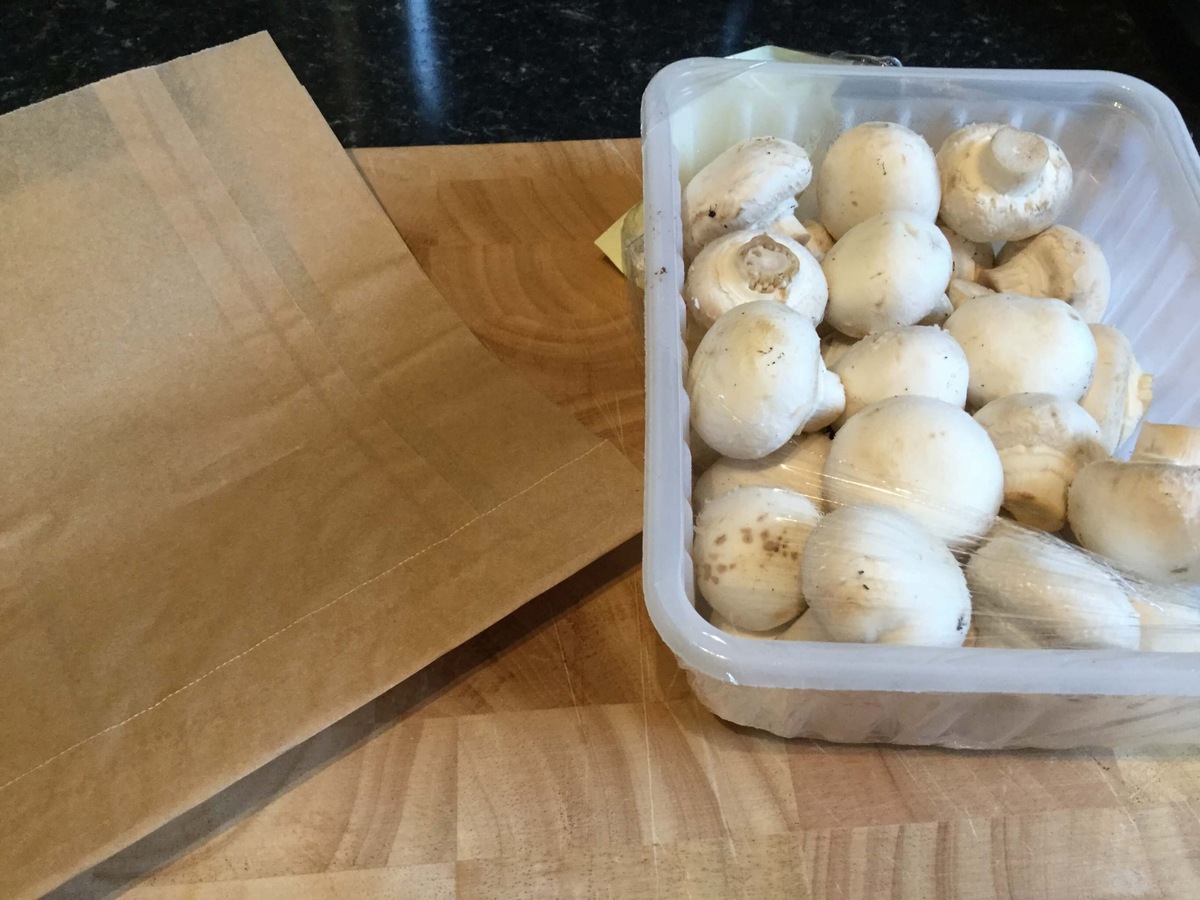
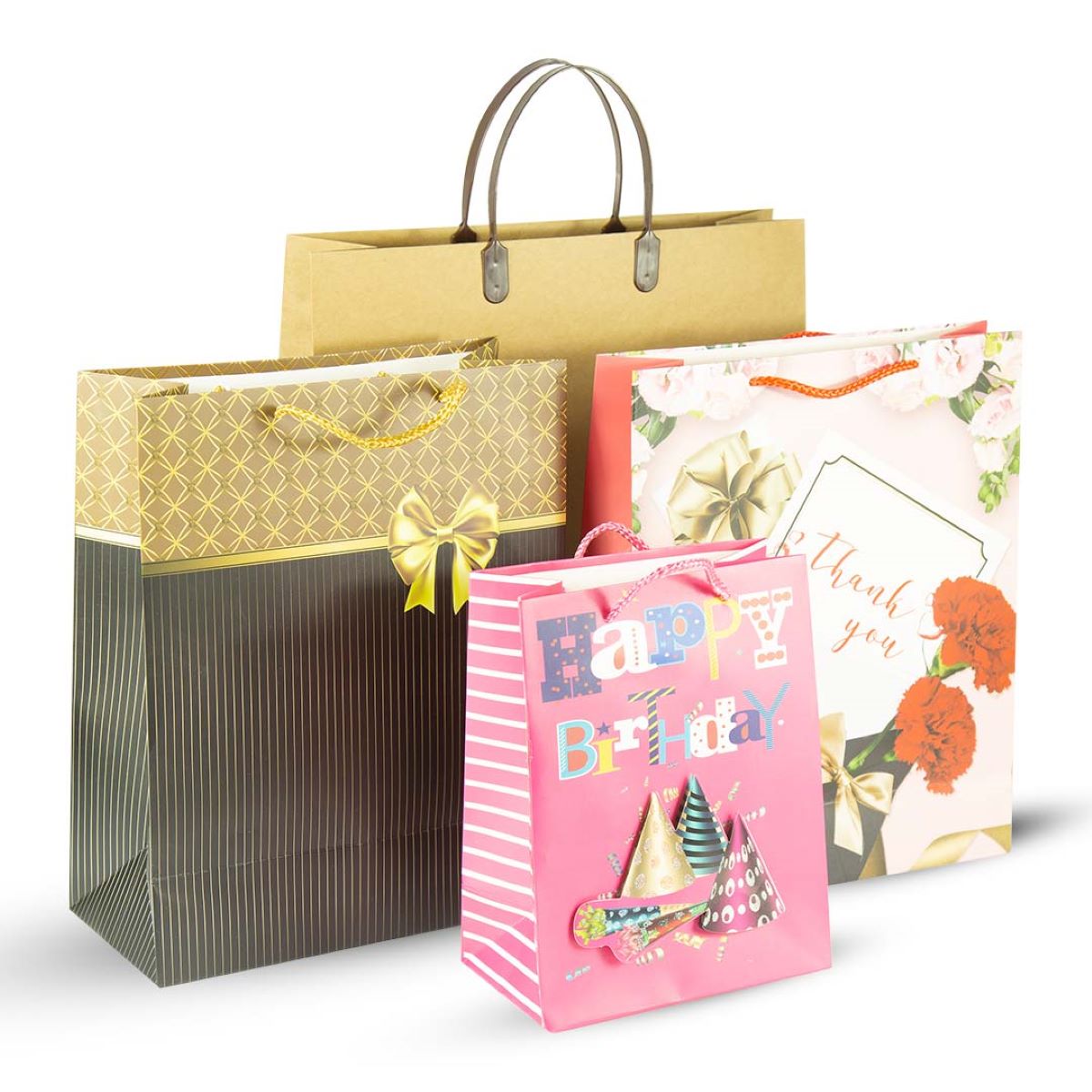
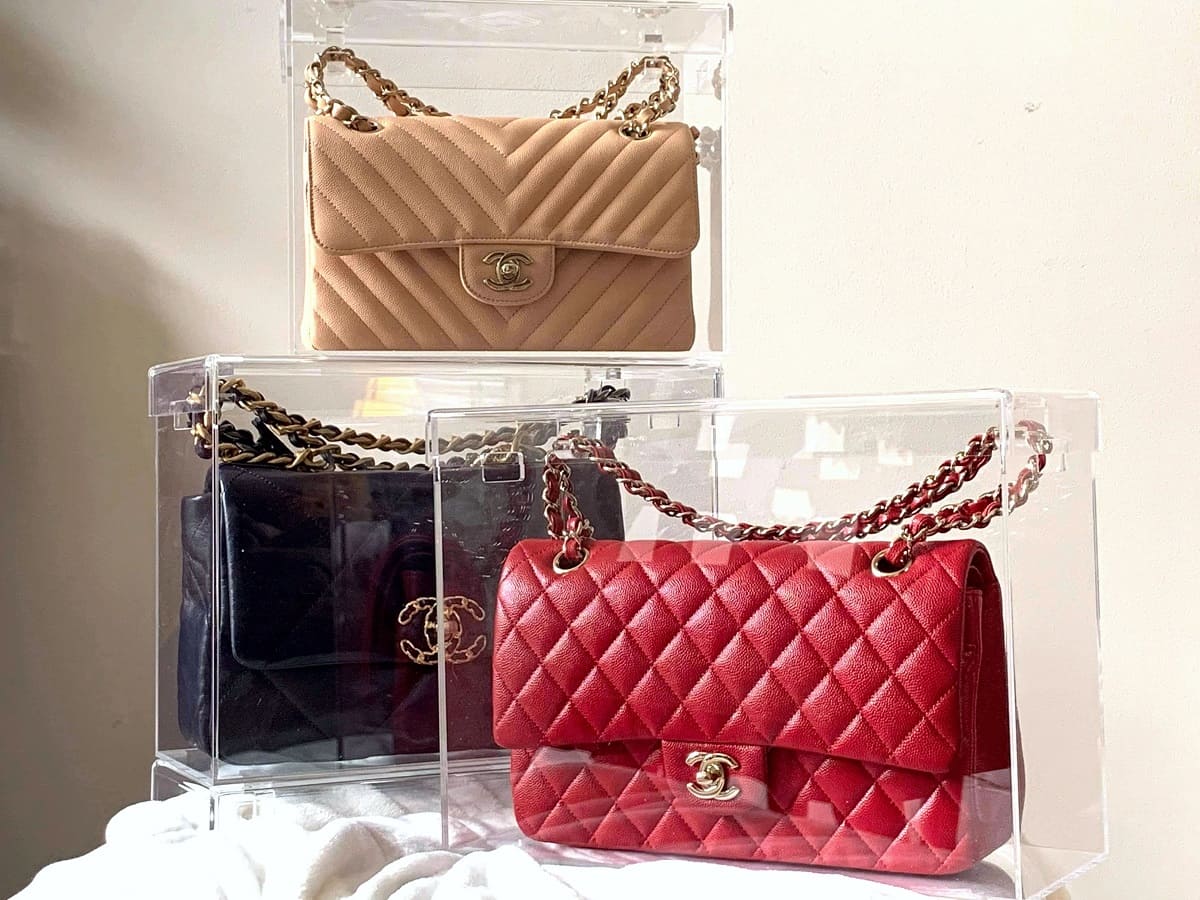
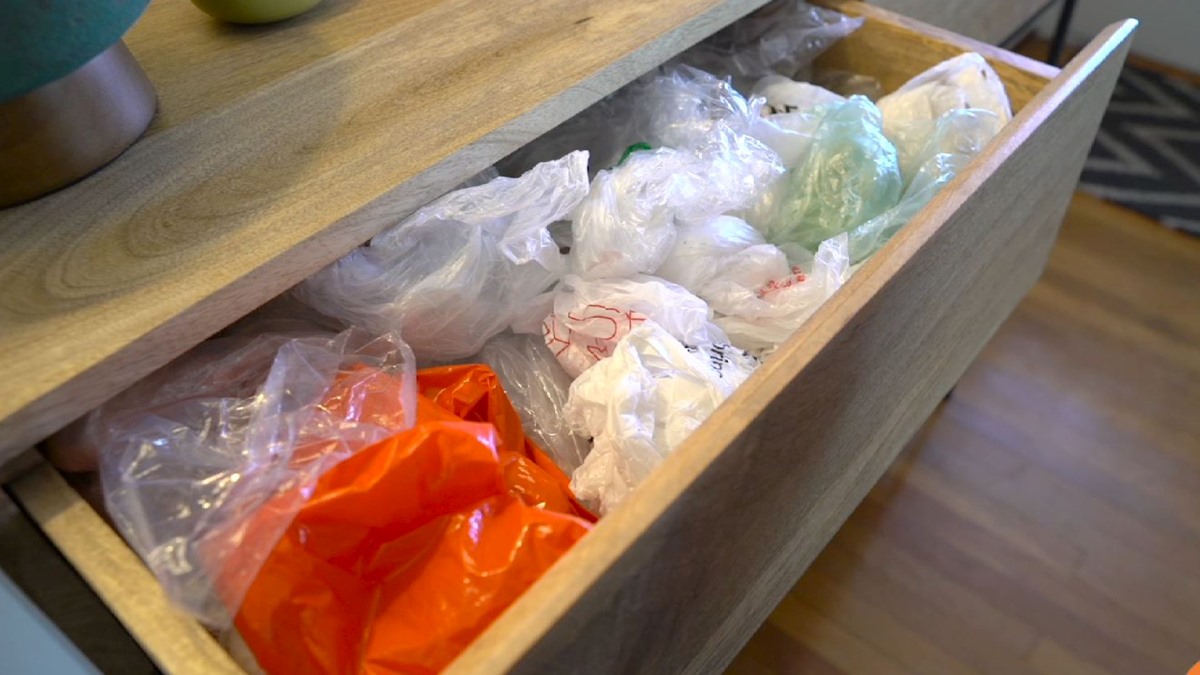

0 thoughts on “How To Store Food In Mylar Bags”